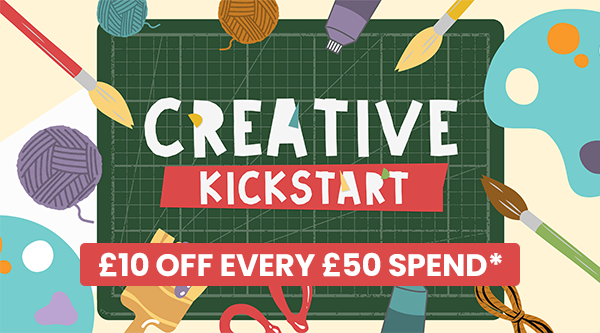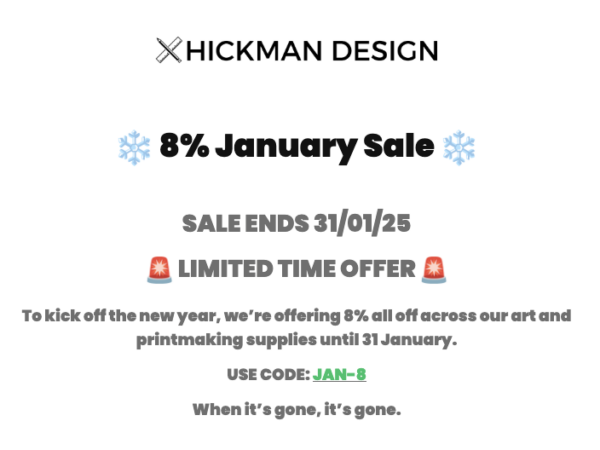Artlogic for Artists: The Gallery-Grade Software Worth £500/Year?
After managing 87 artworks through two exhibitions using Artlogic's Artist package, I've discovered uncomfortable truths about this industry-standard software. While galleries swear by it, the £492/year price tag forces a hard question: Does this system empower independent artists or just replicate gallery bureaucracy? Here's my hands-on verdict after 6 months of testing.
The Professional Advantages
1. Military-Grade Inventory Tracking
Artlogic's database puts Excel to shame. When recording my bronze sculpture edition (7/12), the system automatically:
- Tracked which casts were at the foundry vs. gallery
- Generated certificates of authenticity with edition numbers
- Calculated available works after two private sales
The provenance fields are what galleries use to track a Warhol from studio to auction house. For artists, this means never scrambling to remember where you sent a piece three years ago.
2. Automated Website That Actually Works
My Artlogic-powered website updated in real-time when:
- Marking a painting as "Sold" in my inventory
- Adding new works to a "Current Exhibition" collection
- Uploading high-res images that automatically formatted to gallery standards
The exhibition microsites (auto-generated for each show) saved 10+ hours normally spent building landing pages.
3. Collector Management That Feels Elite
The CRM tools helped me:
- Tag collectors by interest (abstract vs. figurative)
- Send personalized PDF previews of new works
- Track conversations across email and in-person meetings
When a London curator asked about available large-scale works, I generated a targeted portfolio PDF in 2 clicks with proper captions and pricing.
The Painful Realities
1. Steeper Learning Curve Than Promised
Artlogic claims "intuitive design," but I spent:
- 8 hours just learning inventory best practices
- 3 support tickets to understand certificate templates
- 2 weeks feeling comfortable with the CRM
The interface has 46 menu items - overkill for artists without gallery representation.
2. Website Design Limitations
While functional, the template options suffer from:
- Only 12 color schemes (no custom HEX codes)
- Restrictive mobile layouts that crop portrait works
- No built-in ecommerce (just "Contact" buttons)
My WordPress site offered more creative control at 1/3 the cost.
3. Pricing That Hurts Emerging Artists
At £492/year ($600), Artlogic costs more than:
- Basic Shopify + InventoryLab
- Squarespace + ArtPlacer AR tool
- WordPress + Croobles CRM
The £99/month pay-as-you-go option feels predatory compared to annual discounts.
Artlogic vs. Artist Alternatives
| Feature | Artlogic | ArtBase | ArtPlacer | DIY (Airtable + CMS) |
|---|---|---|---|---|
| Inventory Depth | ★★★★★ | ★★★★☆ | ★★★☆☆ | ★★☆☆☆ |
| Website Flexibility | ★★★☆☆ | ★★★★☆ | ★★★★★ | ★★★★★ |
| Collector CRM | ★★★★★ | ★★★☆☆ | ★★☆☆☆ | ★☆☆☆☆ |
| Cost/Year | £492 | £240 | £180 | £60-£120 |
Who Actually Needs Artlogic?
✅ Worth It If: You're a mid-career artist with 50+ works in circulation, gallery representation in 2+ countries, and need to track loans/consignments like a professional archivist. The CRM pays for itself if you have 20+ active collectors.
❌ Overkill If: You're early-career with under 30 works, sell primarily through one gallery or direct sales, or prefer creative website design over inventory rigor. ArtPlacer offers better visual tools at lower cost.
⚠️ Reality Check: The free trial hides key limitations - you can't test certificate generation or client tagging without subscribing. Budget for 3 months minimum to properly evaluate.
Test Artlogic's System Yourself
Their 14-day trial reveals whether the professional tools justify the investment
Start Artlogic Free Trial(Affiliate link - supports our independent reviews)
Final Verdict: 7.5/10
Artlogic delivers unparalleled inventory and CRM tools, but at a cost that only makes sense for established artists. The website builder feels dated compared to visual-focused alternatives, and the learning curve will frustrate those wanting simple sales tools.
Best for: Artists with complex inventory needs (editions, frequent loans) who value professional collector management over creative website design. Consider waiting until you have gallery representation to justify the cost.











